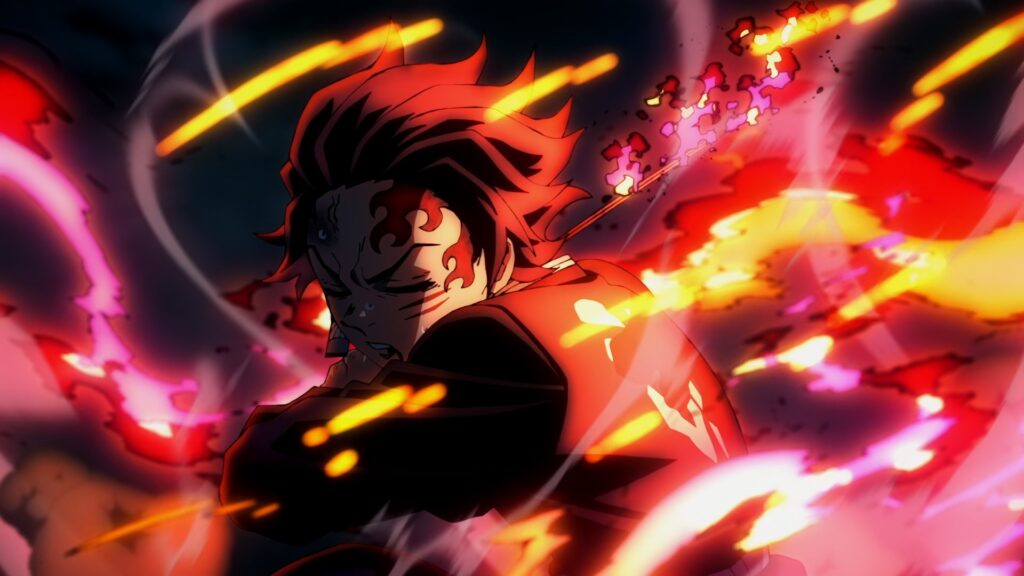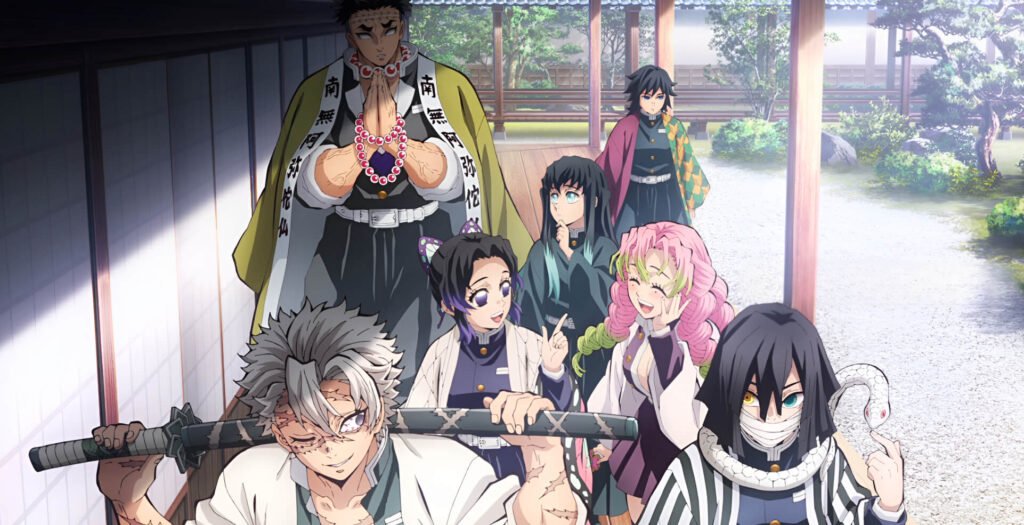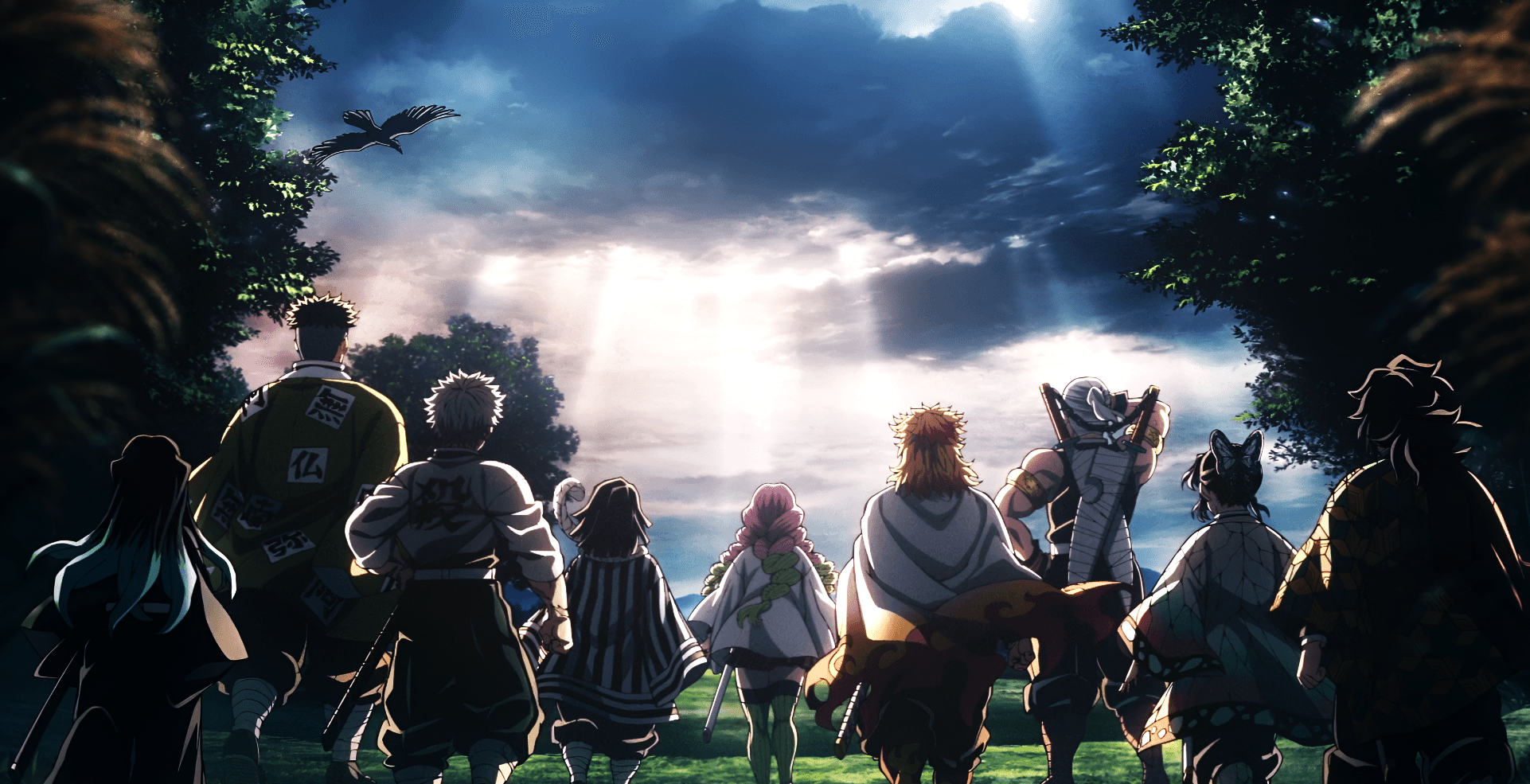In recent years, “Demon Slayer: Kimetsu no Yaiba” has become a phenomenon in the anime and manga world, captivating audiences worldwide with its gripping narrative, complex characters, and, notably, its breathtaking art. The series, created by Koyoharu Gotouge, has elevated the standards of visual storytelling, making a significant impact on both fans and artists alike. In this article, we delve into the intricate artistry of “Demon Slayer,” exploring the elements that make it a standout in the realm of anime.
The Fusion of Traditional and Modern Techniques
One of the most striking aspects of “Demon Slayer” is its unique art style, which blends traditional Japanese aesthetics with modern animation techniques. The series pays homage to classical Japanese art forms, particularly Ukiyo-e, with its intricate line work and vibrant colors. The character designs and settings often feature bold outlines and a distinct color palette that evoke the timeless beauty of traditional Japanese prints.
The animation, produced by Ufotable, takes this traditional influence and elevates it with cutting-edge technology. The fluidity of the fight scenes, the meticulous attention to detail in the backgrounds, and the innovative use of CGI elements create a visual experience that is both nostalgic and avant-garde. This harmonious blend of old and new is a testament to the artistic vision behind “Demon Slayer,” showcasing a deep respect for Japan’s rich artistic heritage while pushing the boundaries of modern animation.
Character Design: A Symphony of Detail

The character design in “Demon Slayer” is a masterclass in visual storytelling. Each character is meticulously crafted to reflect their personality, background, and role within the story. Tanjiro Kamado, the protagonist, is depicted with gentle features and a distinctive checkered haori, symbolizing his kind-hearted nature and humble origins. In contrast, the antagonists, such as the demons, are often adorned with intricate, menacing details that highlight their otherworldly and sinister qualities.
The series also excels in conveying emotion through its character designs. The expressive eyes of the characters, in particular, play a crucial role in conveying their inner turmoil, resolve, and growth. This emphasis on facial expressions adds a layer of depth to the storytelling, allowing viewers to connect with the characters on a profound emotional level.
The Role of Color in Narrative

Color plays a significant role in the visual narrative of “Demon Slayer.” Each scene is meticulously color-graded to evoke specific moods and themes, enhancing the overall storytelling experience. The vibrant hues of the natural landscapes, the eerie glow of the demons, and the warm tones of Tanjiro’s family home all contribute to the emotional resonance of the series.
The use of color also serves as a powerful narrative tool. For instance, the recurring motif of red and green, associated with Tanjiro and his sister Nezuko, symbolizes their bond and determination to overcome adversity. The stark contrast between the colorful world of the living and the dark, muted tones of the demon realm underscores the series’ themes of hope and despair.
Innovative Fight Sequences: A Ballet of Animation
The fight sequences in “Demon Slayer” are a spectacle to behold, often described as a dance between characters, blending choreography, visual effects, and dynamic camera work. Ufotable’s animation team has set a new standard for action scenes, employing a combination of 2D animation and 3D CGI to create fluid, kinetic movements that are both realistic and fantastical.
The elemental effects, such as water and fire, are rendered with stunning detail, adding an ethereal quality to the battles. Each fight sequence is meticulously choreographed, not just to showcase the characters’ abilities, but also to advance the story and develop their relationships. This approach transforms the battles from mere action scenes into pivotal narrative moments, rich with symbolism and emotion.
The Artistic Legacy of “Demon Slayer”

“Demon Slayer” has left an indelible mark on the anime industry, setting a new benchmark for artistic excellence. Its unique blend of traditional Japanese art and modern animation techniques has inspired a new generation of artists and animators. The series’ success is a testament to the power of visual storytelling and the profound impact of artistry on narrative.
In conclusion, “Demon Slayer” is more than just a story about good versus evil; it is a celebration of art in its many forms. From its detailed character designs to its innovative fight sequences, the series is a visual feast that continues to captivate and inspire. As we look to the future, “Demon Slayer” stands as a shining example of what can be achieved when artistry and storytelling are seamlessly intertwined, creating a masterpiece that resonates with audiences around the world.
By exploring the artistry of “Demon Slayer,” we gain a deeper appreciation for the immense talent and creativity that go into making a series that is not only entertaining but also a profound work of art.





